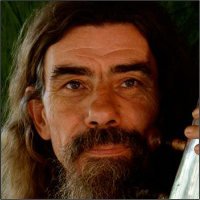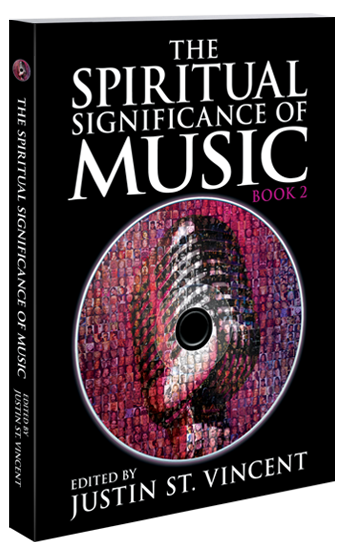Chinmaya Dunster
// sarod playerCHINMAYA DUNSTER is a British-born sarod player of Celtic-Hindustani music based in Goa, India. Chinmaya Dunster & Vidroha Jamie’s “Celtic Ragas” (1998), “Feng Shui: The Eight Fold Path” (2000), “Yoga: On Sacred Ground” (2001), “Sacred Temples Of India” (2002), Chinmaya Dunster & The Celtic Ragas Band’s “Karma Circles” (2003), “Fragrance Of The East: Live In India [Live]” (2005), Chinmaya Dunster & Niladri Kumar’s “Yoga Lounge” (2005), and Chinmaya Dunster’s “Buddha Moon” (2007) are all available from New Earth Records, Bhakti’s “The Beloved: Yoga Of Devotion” (2002), Akasha’s “Om Shanti” (2007), “Yoga Spirit” (2005), and “Yoga World: Music For Your Practice” (2006) are all available from Malimba Records. Chinmaya Dunster & The Celtic Ragas Band’s multimedia documentary film “Concert For India’s Environment [Live DVD]” (2004) is freely available online.
Websites: www.chinmaya-dunster.com and www.fragranceoftheeast.org
Photo: Chinmaya Dunster / Chinmaya-Dunster.com
Interview:
My own music is based on two traditions: Western pop and Indian classical music. My experience of these two musical forms illustrates the very different understanding of “spirituality” in the East and West. Western pop is rooted in mass entertainment from Victorian music hall, folk, the blues, and generally provides people with a way to express their frustrations at the limitations of their ordinary working and romantic lives. It is essentially a “release” mechanism, that bonds communities in shared suffering. Gospel and church music, while overtly “spiritual” expressions of popular music, in fact share this “secular” nature; their lyrics refer to a future that will be brighter, either on this earthly plane, or in the hereafter. Western classical music, like Jazz, while addressing a much smaller “mass” audience, functions in the same way as an emotional release, but also adds an intellectual component.
The approach to “spirituality” in the East is totally different. The authors of the Upanishads, Buddha and the Dhyan/Chan/Zen tradition have no “beliefs” or gods. Theirs is a scientific exploration of inner space. Indian classical music has its origins in these explorations and addresses both issues and an audience that are uniquely Eastern. Superficially there are obvious parallels with Western church music in the longing and devotion expressed in the lyrics. But unlike church music, the lyrics used by Indian classical vocalists are actually incidental to the true spiritual content of the music. This spiritual basis is the mysterious “raga”. Those of us who play ragas mostly experience them as a discovery rather than a creation. It is as if they pre-existed and await our explorations.
Hindu mythology has explained this pre-eminence of sound as the primordial “Om”, a sound that brought the universe into existence. Thousands of years of meditation and exploration of the Om by mystics, and the building of acoustically suitable temples for these experiments, resulted in the discovery of patterns of vibrations that have direct effects on the human body, mind, and soul. These are the ragas.
While I love Western music for it’s ability to express the range of my emotions from sadness to joy, whenever I return to Indian classical ragas I feel something deeper opening: a tremendous sense of space; a silence behind the sound; a merging with a vast ocean. To me this is true spirituality; it hopes for nothing, it fears nothing. The music comes far closer than words to expressing its un-expressibleness.
“Whenever I return to Indian classical ragas I feel something deeper opening: a tremendous sense of space; a silence behind the sound.”
– Chinmaya Dunster, sarod player


